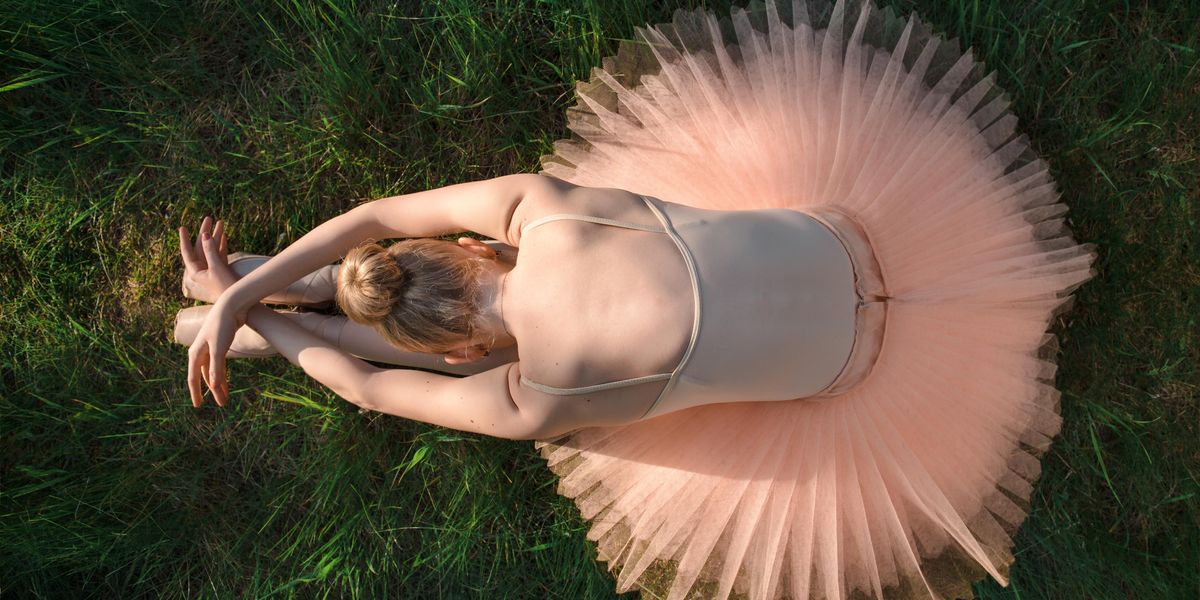Developing Musicality
I remember my first self-taught lesson in musicality as if it were yesterday: I was 12 years old and preparing for the role of Clara in The Nutcracker. Each night before bed I would pop in a tape of Tchaikovsky’s score and visualize my choreography. My ears became so familiar with the subtleties of the music that I could recognize the different instruments and hum every note. In rehearsals, I started to play with the phrasing. And once I was onstage, I never worried about forgetting the steps—I let the music guide my every move.
Now, 16 years into my professional career, I sometimes revert to this exercise when I find myself struggling with a particular piece. I continue to focus on developing my musicality because it is essential: It enables you to transform a step from a simple abstract movement into a visual reflection of rhythm and harmony. The way you choose to accent a certain phrase or shade another says something about who you are as an artist. It also encourages you to fully experience each moment, yet lose yourself at the same time.
So what can you do if you lack an innate sense of musicality? Margaret Tracey, associate director of Boston Ballet School, suggests that most of the work should happen in the studio. “Just like if you’re not a natural turner or natural jumper, it’s a skill you can develop,” she says. Tracey helps her students improve their musicality by giving a combination at a certain tempo with a certain kind of music, like a slow waltz, then—keeping the same combination—she speeds up the tempo and changes the meter to 6/8. “It’ll be a completely different emphasis,” she says, which stresses “an awareness of the connection between the music and the steps.” While some teachers might not play with tempi in this way, you can still practice this exercise after class by setting the combinations you learned that day to new music.
Edward Ellison, artistic director of Ellison Ballet, adds that much depends on the age and level of each dancer. “For younger students,” he says, “emphasis should be placed on basic elements, such as rhythm, keeping time, breath and character of the music, all according to the accompaniment given in class. As a student advances, pay more attention to playing with and stretching the phrasing, and expressing the subtle nuances.”
If you find that you’re struggling with these objectives, watch other dancers to see how they hear the same piece of music. You can also use the inherent rhythm of certain steps, like a balancé, to give yourself a consistent frame of reference. Listen to a waltz, for example, and balancé until you feel like you mirror the beat: 1-2-3, 1-2-3. Then accent the 2 to see how it feels. Next, stretch out the 1, or syncopate the 3. The options are endless.
There are also many ways to enhance your musicality outside the studio. Tracey attributes her good ear to having studied music as a child. Ellison also promotes musical education. “Study an instrument, such as the piano,” he says. Ellison expresses concern over how many students seem to be uninterested in classical music. “Can you imagine a hip-hop dancer not being driven by hip-hop music, or a flamenco dancer unmoved by flamenco guitar?” he asks. “You’ve got to love classical music and feel a great desire to move your body to it. It’s essential to develop an intimate relationship with the very music that ballet is associated with.”
Cultivating this intimate relationship is as easy as listening to music around the clock, playing with syncopation and emphasis in class or picking up an instrument at home. As Balanchine once said, “Dance is music made visible.” He phrased it perfectly.
Julie Diana, a principal dancer with Pennsylvania Ballet, holds a BA in English from the University of Pennsylvania.





